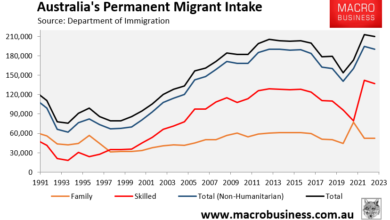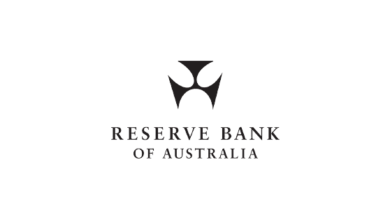Australian households are world-leaders in interest rate pain: IMF

“Countries such as Australia and Japan appear to have stronger housing channels of monetary policy transmission, with low shares of fixed-rate mortgages, less-restrictive [loan to value] limits, high household debt (only to some extent Japan), and a somewhat elevated proportion of the population living in housing-supply-restricted areas,” the IMF said.
More than 80 per cent of the Australian mortgage market is typically priced at a variable interest rate, meaning most home owners see their mortgage rates adjust soon after the RBA changes the cash rate. Only Chile and South Africa, where fixed-rate lending is essentially non-existent, had a greater proportion of variable loans.
In an economy like Australia dominated by variable rate lending, a 100 basis point increase in interest rates caused consumption to fall by 0.5 per cent over two years, the IMF estimated. But in an economy dominated by fixed rates such as the United States, consumption increased by 1.5 per cent since the majority of households did not feel the pinch of rising borrowing costs.
Australia’s 112 per cent household debt-to-GDP ratio was the second-highest in the world to Switzerland, according to the IMF.
In countries with above-average household debt ratios like Australia, a 100 basis point increase in interest rates caused house prices to fall by 5 per cent over two years. In countries with low levels of household debt, the price decline was a more modest 2 per cent.
RBA weighs in
Since it started raising the cash rate in May 2022, the RBA has argued that interest rates were no stronger in Australia than overseas. Although Australian households do feel the pinch from high interest rates, RBA assistant governor Chris Kent in October said monetary policy operated more intensively overseas through other channels including asset prices, the exchange rate and the incentive to save versus spend.
Despite the IMF’s findings, Australian property prices have proven far more resilient to high interest rates this cycle than both economists and the RBA had expected.
CoreLogic figures released last week showed home values climbed to a fresh peak nationwide after lifting by 0.6 per cent in March, the 14 consecutive month prices had grown, fuelled by sharp gains across Perth, Adelaide and Brisbane.
The strength of the housing market recovery in the face of high interest rates is among factors that could make the RBA reluctant to deliver cuts to the cash rate later this year, according to economists.
The IMF said Australia’s sensitivity to interest rate changes meant the RBA and the government needed to closely monitor economic conditions to ensure the central bank had not doled out a larger-than-necessary amount of pain to the household sector.




